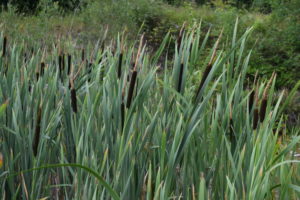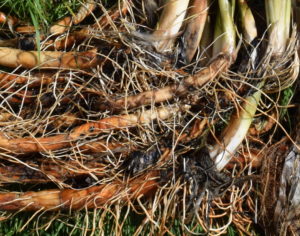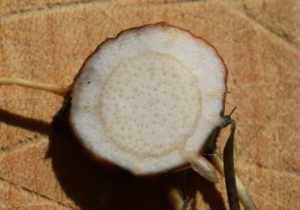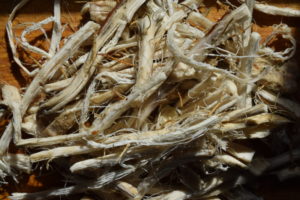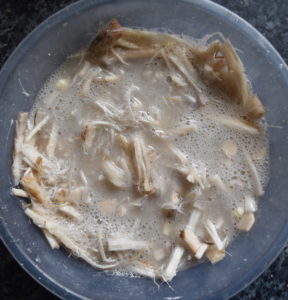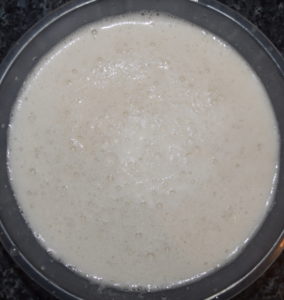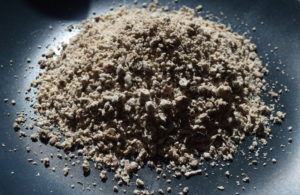30/03/2020
This is the first of what will probably be quite a few blog posts on survival/emergency/famine foods, while the UK is under indefinite partial lockdown due to the covid-19 pandemic. The United Nations is currently warning of a likely global food shortage. These are extra-ordinary times, and frightening things are not just happening in faraway places. My family is in self-isolation, and trying to rely on supermarket deliveries (surely the last place you want to go if you are trying to dodge this virus).
Unfortunately, the delivery that arrived this morning was missing a number of essential items, including eggs, milk and bread. I therefore decided to risk a trip to the supermarket (with gloves, mask and sanitiser spray). Also unfortunately, the socially-distanced queue for the largest supermarket in Hastings stretched several hundred metres from the door, so I decided to try my luck in some smaller shops. All of these were similarly devoid of eggs and bread, apart from the corner shop at the end of my road, which is currently selling individual eggs for 40p each.
If you can’t get bread, why not buy flour instead? Answer: we haven’t been able to get any flour for the past two weeks, and that is far too close to authentic conditions for approaching famine, for comfort. Historically, many of the most important of famine foods were things that could be used to bulk out dwindling supplies of flour, especially anything as rich in carbohydrate/starch.
One notably high-quality source of starch at this time of year is Reedmace (Typha spp.) rhizomes. Reedmace is that large semi-aquatic grass-like thing with cigar-shaped black blobs on top, often incorrectly referred to as “bullrush”.
Collecting the rhizomes is not for the faint-hearted. It involves plunging your hands into icy-cold mud where you see the first spring shoots emerging, and extracting as much of the rhizomes as possible. They don’t look particularly edible, but looks can decieve.
Beneath the papery skin is a layer of inedible spongy material; it is the core of the rhizomes that contains the starch. They can just be boiled, but if you want to extract the starch for use as a flour substitute then they must be processed as follows.
First clean the rhizomes, and cut out any damaged parts, especially where mud has penetrated into the core. Then cut off the green shoots, but make sure not to lose any of the rhizome, because it is the part of the rhizome immediately adjacent to the shoot which contains the thickest starch deposits. You then need to peel off the spongy outer layer, to reveal the harder core.
Next, place the rhizome cores in a bowl of water and pull the fibres apart. At this point it will become clear just how rich in starch they are – you can feel it, and you can see it. If you’re going
the authentic route, you now need to pound the
rhizomes to release as much starch as possible from the fibre. I cheated and used a hand blender to do the work in 30 seconds. Then pass through a colander or sieve (how wide the mesh will determine how much fibre makes it into the finished product), leaving you with a thick, white liquid, covered in bubbles. This should be left to stand for several hours, during which time the starch will settle on the bottom. Skim off the water, to leave a gloopy paste.
This paste now needs to be dried. It can be done in a low oven, but we dry ours in a shallow metal dish placed on top of a woodburner. When fully dry you will be left with a light grey-brown “cake”. The final
stage is to grind this cake up in a pestle and mortar, and hey presto you’ve got reedmace flour. As well as being used to bulk out wheat flour, it can be used in exactly the same ways you can use cornflour, and it tastes very similar.

